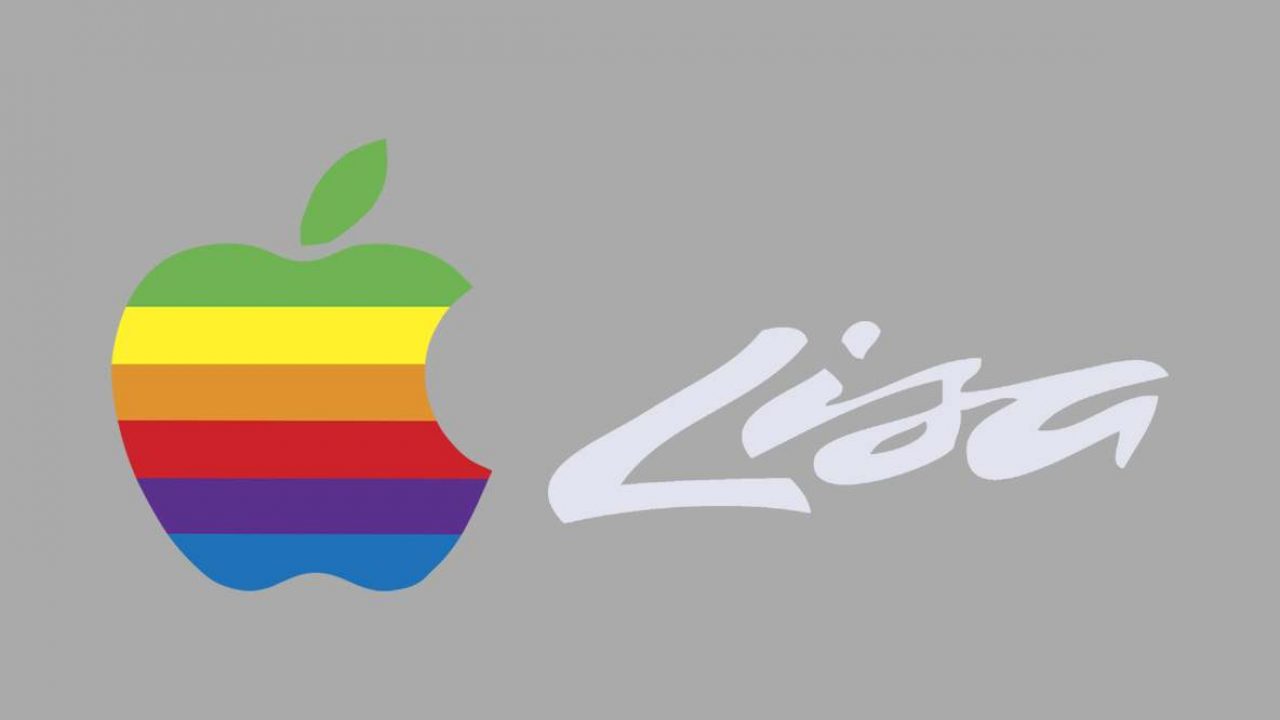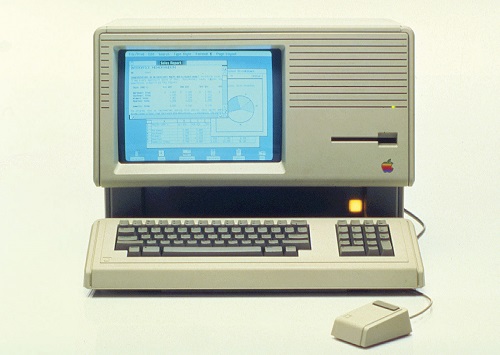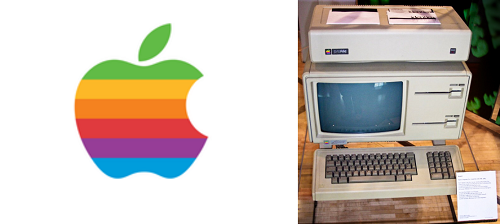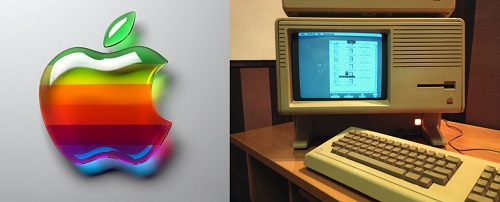A History of the Apple Lisa

Everyone knows about Macintosh computer, but how many people have heard of its older sister, Lisa?
The story about Apple’s great project that never took off still has a veil of mystery surrounding it. Compared to Macintosh, Lisa was a personal computer with superior technical features, but a poor marketing strategy.
In this article, we’re going to explore Lisa’s story. What were the hardware and software like? And how did the computer get its name? And finally, why did it fall into obscurity?
The Launch of Apple Lisa
Apple began working on Lisa in the late 70s, right around the time when Apple II got launched. The idea behind it was to create a powerful personal computer that could use a graphical user interface and a mouse.
Apple’s intended users were business-oriented individuals. The late Steve Jobs was initially a part of this project, but in the fall of 1980, he got pushed out. Lisa officially stepped into the market in January 1983 and was discontinued three years later.

Lisa’s Hardware
So, let’s talk about Lisa’s hardware. One of the things that it was known for, and not in a good way, was the double-sided floppy disk drive named “Twiggy.”
It required a specific type of diskette and had a storage capacity of 870KB, which by today’s standards, seems hard to believe. The problem was that the drive wasn’t as reliable as Apple hoped it would be.
Also, there were two versions of the computer – Lisa 1 and Lisa 2. The second version, which came out in 1984, replaced the Twiggy with a Sony floppy disc. The hard drive named “Widget” had around 10MB internal memory and was Apple’s creation.
By changing the hardware in Lisa 2, Apple didn’t only make essential improvements, but it also lowered the computer’s price.
Lisa 1 has a price tag of nearly $10,000, which in today’s money is over $20,000. Apple managed to lower the price of the second generation to somewhere between $3,500 and $5,500. It was supposed to help with sales, but it didn’t.

Lisa’s Software
While Lisa was well designed, in terms of hardware, the software was where it truly shined. For example, Lisa had an operating system that had a protected memory.
That was a novelty at the time, and Macintosh didn’t have it. It also had an excellent file organizing system that was well-suited for business.
Lisa’s software had two main modes. The Lisa Office System was the first, and it had several impressive applications. For example, you could use LisaWrite, LisaProject, or LisaGraph, among others. The other mode was called Apple Lisa Workshop.
Unlike the first mode that aimed more towards individual and at-home use, this mode was for Developers. Users could alternate between two modes to test their software.
The Name
The name Lisa might seem a bit strange for a computer. But it wouldn’t be a relevant topic hadn’t there been some controversy that made it into the history of this personal computer.
Since Steve Jobs was initially a part of the project, the official claim is that the computer got its name from Steve’s daughter, Lisa. However, since he got booted off the Lisa project, there were stories about how Apple tried to reverse engineer the name into an acronym.
As of now, Lisa officially stands for “Local Integrated Software Architecture.” The name’s clunky, and there’s some doubt about the official Lisa etymology, but that’s Apple’s official standpoint.
Why Did Apple Lisa Fail?
Judging by the specifications and software features, Lisa should have been a great success. So, what went wrong? There were several reasons why the market rejected Lisa.
First, the price tag made even the most enthusiastic business users scoff in disbelief. And even after Lisa 2 came out with a 50% price reduction, there was no success.
At the same time, IBM had a lot of success with its far more affordable PCs. NASA was Lisa’s biggest customer, which was not a minor thing. But it still wasn’t enough to maintain the production.
Naturally, after apple discontinued Lisa, NASA found itself in an unenviable position. Another reason that historians attribute to the flop of Apple Lisa was that it was slower than expected despite all the innovations.
Finally, unlike Macintosh, Lisa didn’t have a sound marketing strategy. The advertising didn’t land as Apple wanted it to, so they’ve learned their lesson and went for a different approach with the Macintosh.

Win Some, Lose Some
“Win some, lose some” seems to be the outcome of Apple’s projects in the early 80s. It’s also proof that it’s not always that the best product wins, but the one that has better PR. It’s not too difficult to see how with Lisa’s price, the computer was never going to take off. However, it didn’t stop Apple from trying to sell it.
The successor, Macintosh, obviously turned out much better and is still going strong. Apple Lisa, on the other hand, remains an interesting part of Apple’s history.
Did you know about Apple Lisa? What was your first personal computer? Let us know in the comments.
















One thought on “A History of the Apple Lisa”